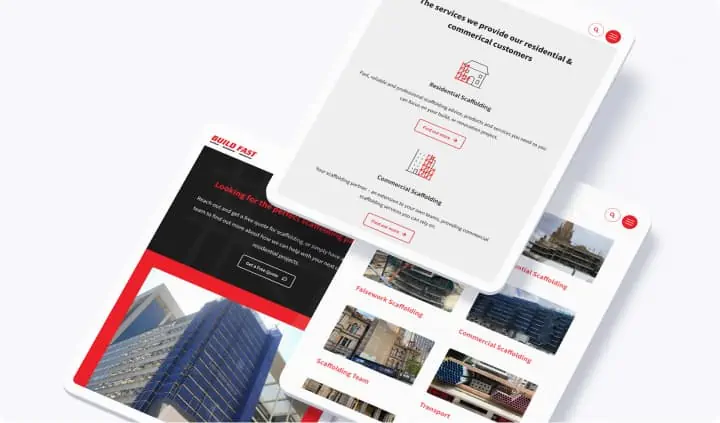Examining how infographics benefit your business content marketing strategy
What is an infographic?
We’ve all seen these handy pieces of digital content, but we might not have realised it. Basically, the word infographic is a portmanteau of ‘information’ and ‘graphic’ and refers to exactly that — the representation of information in the form of a graphic image.
Rather than sifting through paragraphs of text, the user receives key insight and data in the form of easily digestible visual representations. It’s immediately eye-catching, it can be swiftly digested, and it makes for a great user experience. All of this makes the infographic a very useful medium indeed for content marketers.
What are the benefits of infographics for your business?
Infographics are still very much in.
For businesses and content marketers, these digital assets are vital tools for fostering engagement and increasing market share.
Let’s take a look at the reasons why and examine some of the key benefits of using infographics for businesses.
1.Improving conversion rates
Visual content has been found to achieve conversions rates as much as seven times higher than those of written text. This is because of the improved information delivery offered by an infographic — relevant visuals increase information retention from 10 per cent to 65 per cent, compared with written information delivery.
All that key messaging you need to deliver, and all those crucial statistics? An infographic is the perfect format for these. Help customers to remember that information and foster an improved conversion rate.
2. Grabbing the users’ attention
It’s a busy world out there in the online environment. There’s just so much going on — and so many distractions — on the internet that you need to make sure your content is grabbing the attention of users before that attention turns elsewhere.
Think about what your customers want to see. Do they want to be met with paragraph after paragraph of written text when they visit your site, or do they want an exciting visual? While both elements are important in their own way, it is the latter that is going to make users sit up and pay attention to what you have to say.
3. Boosting shareability
Virality is a powerful concept in digital marketing. Rather than having to work hard delivering your content across multiple different channels in the hope it will get noticed, you can simply let users do it for you. Instagram, Twitter and Facebook are full of user-shared content that is passed between friends, family members and even between complete strangers. As it gathers momentum, it becomes increasingly well known across many different groups of users, which is great news for a brand.
But, while viral content sells itself, you still need to make content that people are going to want to share. Infographics are ideal for this purpose, as they are far more shareable than other types of content. This is one of the key benefits of infographics in content marketing.
4. Enhancing SEO
Infographics are great for SEO, provided that they meet the E.A.T. principles: expertise, authority and trustworthiness. Research your information well, represent your authority by backing the infographic up with other great content on your site, and cite your sources.
The SEO element of your infographic will not come from keywords and keyphrases — Google won’t be able to crawl your infographic text, so you’ll have to provide these keywords elsewhere on the page — but will instead come from user response. Users will spend more time on your page after viewing an infographic and are likely to check out other areas of your site. This is very useful when it comes to search engine proportion.
5. Optimising use of space
You need to consider how well you are using the space on your web pages. Basically, you need to be providing maximum insight and impact on each and every page. How do you do this? Well, producing massive amounts of written content does provide users with the information they need, but not very efficiently and without much impact.
An infographic says exactly what you need to say, but it does so more quickly and requires far less space. Focus on your message, and deliver this in an exciting and effective manner.
6. Engaging and delighting in equal measure
It’s important to bear your brand identity in mind here. Your brand needs to be something that users can really engage with — something that they can enjoy and feel inspired by. The visual element of an infographic is certainly geared towards achieving this. You can reinforce your brand identity by using familiar colour schemes and logos, while fostering a sense of engagement and connection by delivering genuinely useful information in graphic form.
Reading paragraph after paragraph of text can get pretty dry, even if we are interested in what we are reading about. Infographics help to inject an element of fun and excitement back into the experience, and this will help you build positive relationships with your audience.
Infographics are here to stay
Infographics have taken off in a big way these past few years, and it looks like they are here to stay. If you haven’t done so already, now is the time to incorporate these handy digital assets into your marketing strategy.



